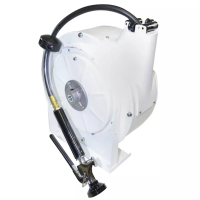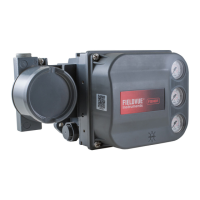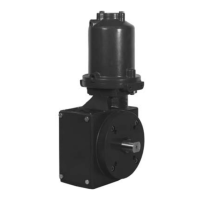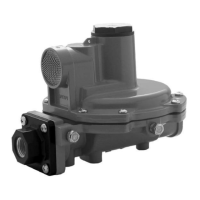Confiouration
5-l
5
5.1
5.2
5.3
Configuration
General
Configuration of the controller follows three stages:
n
Definition of the control problem.
n
Selection of the inputs and outputs.
n
Selection of the required functions (FCODE’s).
The controller is delivered with a basic configuration, permitting it to
be used as a conventional PID controller. All function codes have
been assigned the default values listed in the FCODE tables.
Definition of the Control Problem
Before beginning to look at the controller configuration, the control
application must be carefully defined.
n
Which process is to be controlled?
n
What is to be achieved?
n
Are alarm function needed?
n
Which input and output signals (external components) are
available and what are their signal ranges?
A control system diagram should preferably be drawn up in the form
of a block diagram which will answer the questions posed above.
Selection of Inputs and Outputs
The controller has:
H Four analog inputs: All, A12, Al3, Al4
H Two analog outputs: A01 , A02
n
Four digital inputs: Dll, Dl2, Dl3, D14
n
Two optically-isolated digital outputs for mode indication: 24V/20
mA: DOI, DO2
n
Four digital outputs for alarms and discrete output control: D03,
D04, D05, DO6
May 1991 UM6.1:DF’R900:9102
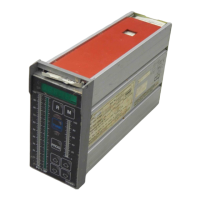
